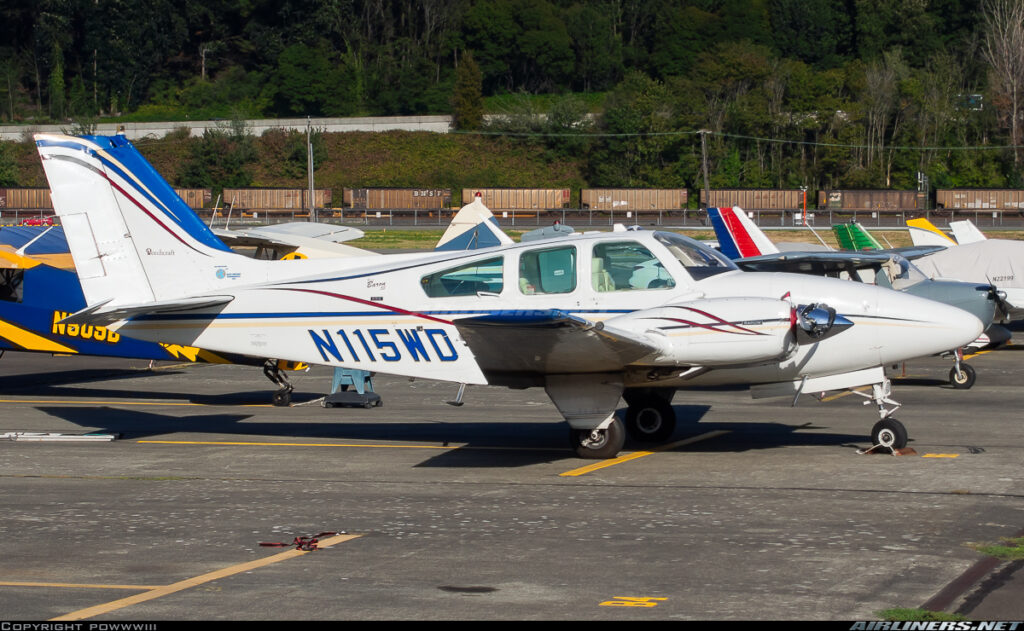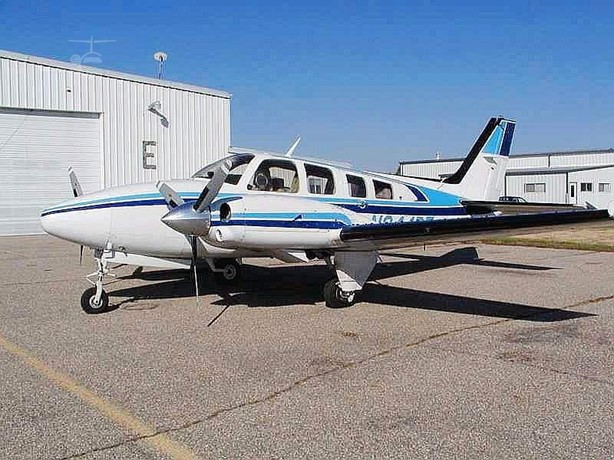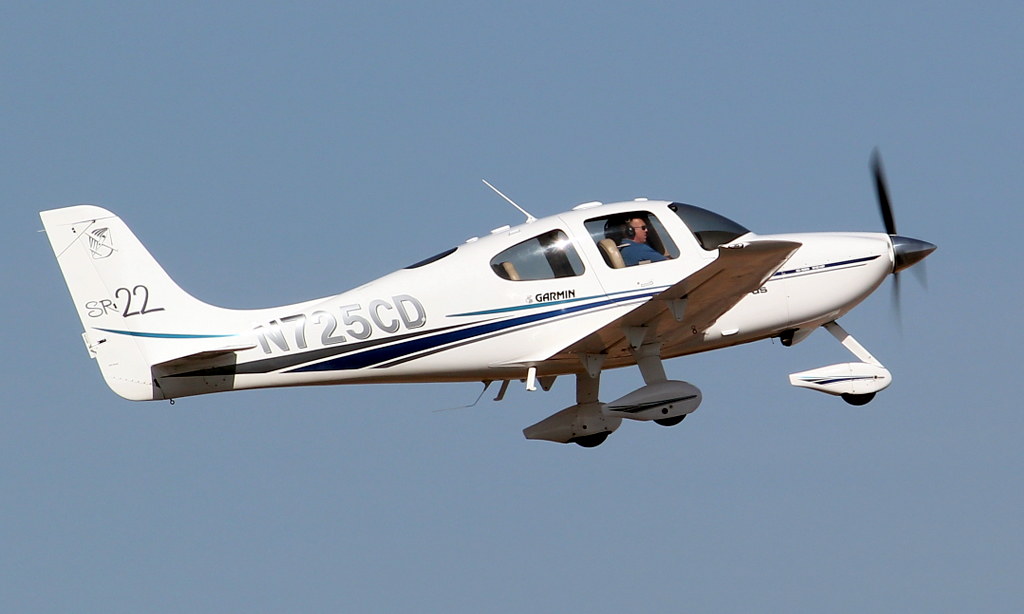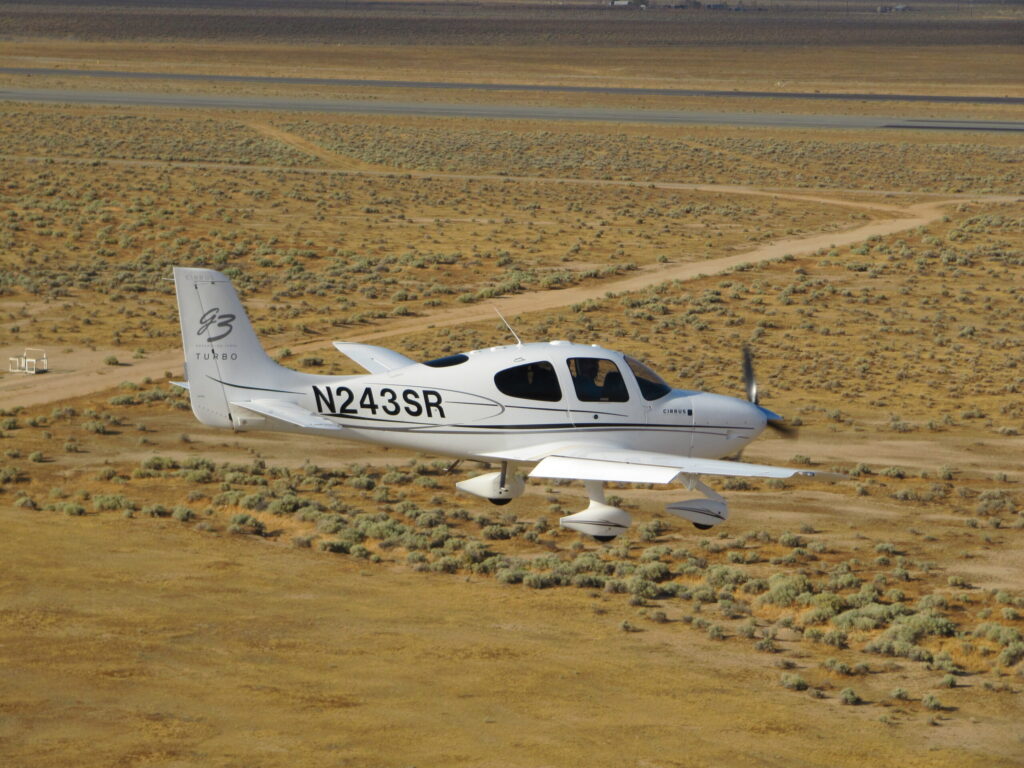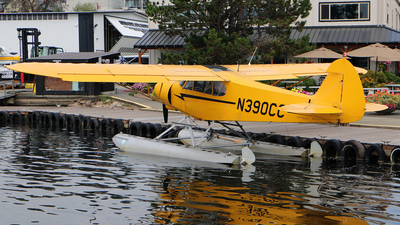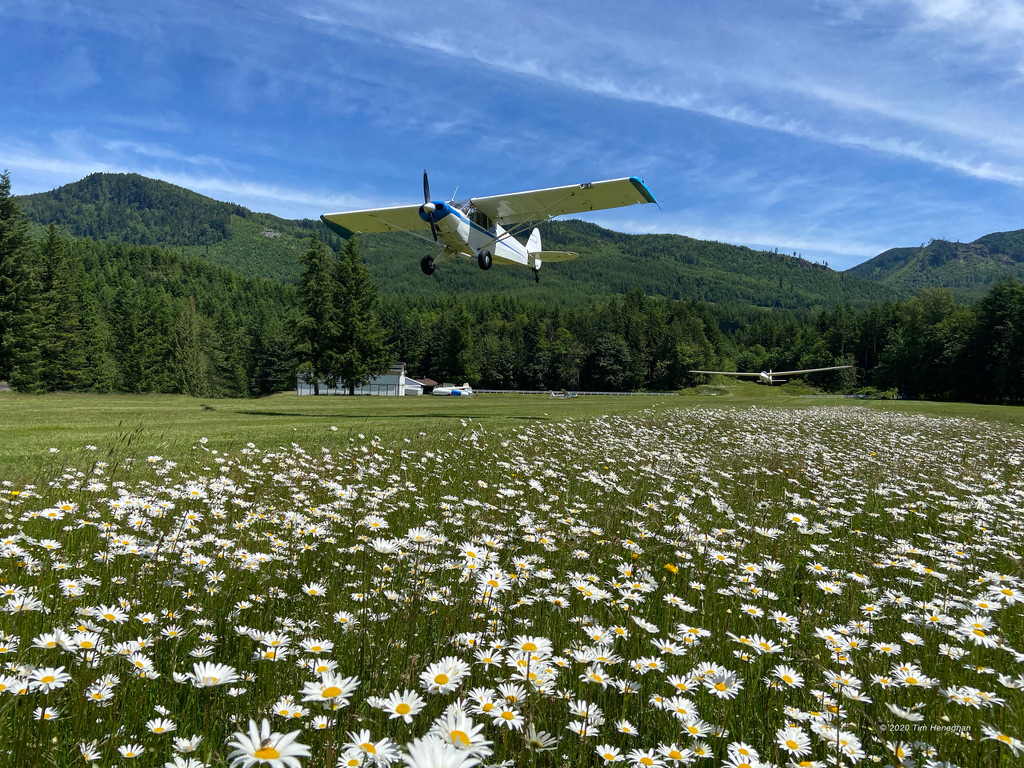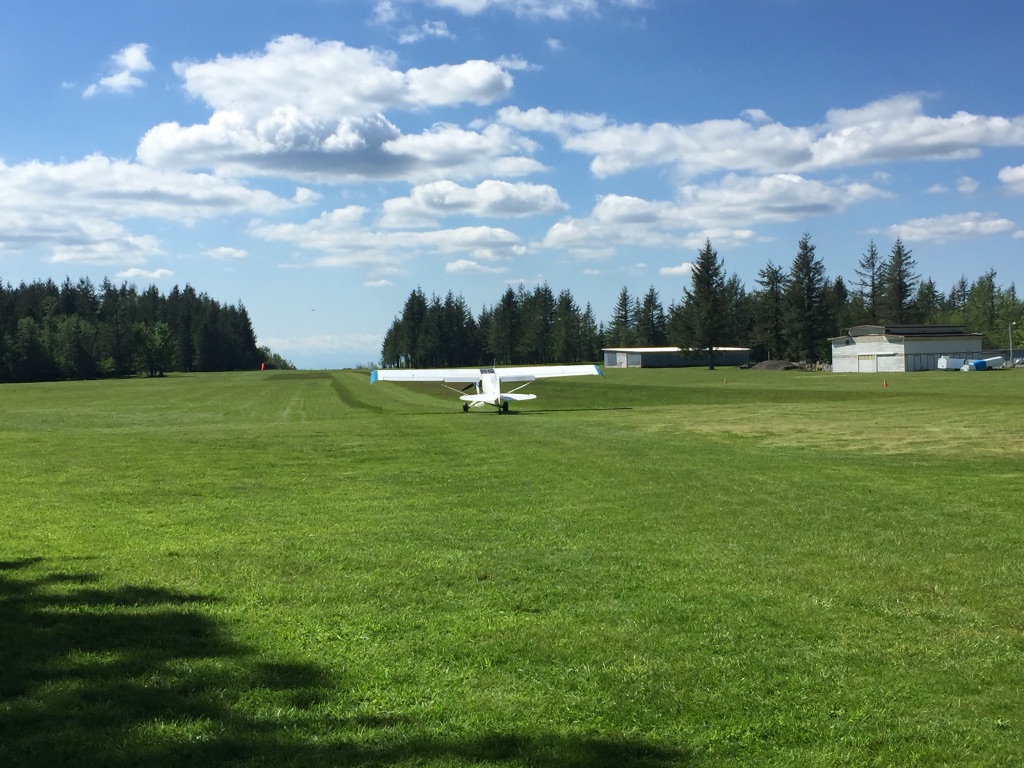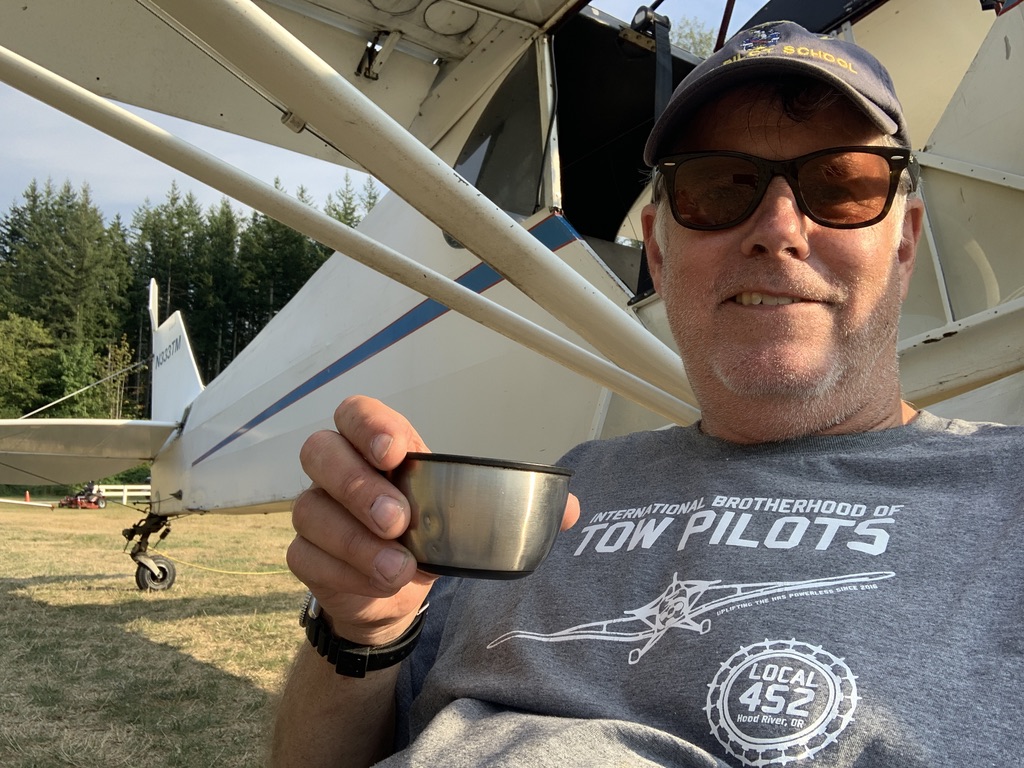Aircraft Information
> Aircraft Make: Cessna Model: 335 Nickname: I’m not aware of one. Anyone know?
> Aircraft Mil Civ Description: Airplane ME Piston
> FAA Category and Class: Airplane multi-engine land
> Engine Description: twin piston
Aircraft Experience
> As of: 11/3/2024
> Number of Hours Flown: 26
> Number of Times Flown: 12
> Other Aircraft Models Associated: Cessna 310, 340
First Flown Information
> Sequence First Flown: 150
> Date First Flown: 8/6/2004
> Location First Flown: Mid-continent airport, Wichita, KS (KICT)
> Who and/or What Organization First Flown With: FAA Rental at Yingling Aviation, Ralph Rissmiller
Recollections: The Cessna 335 was an early UNPRESSURIZED version of the Cessna 340 airplane. Like the Baron I’d flown as an FAA currency aircraft, I enjoyed checking out and flying the Cessna 335, an airplane that attempted to directly compete with the Baron. Why the Baron survives and the 340 doesn’t are a mystery to me. The 335 was probably a touch easier to fly (not as heavy) and, having an airstair entrance with a center aisle, was more comfortable than the Baron when loading passengers. The Baron’s longevity may have more to do with other airplanes being manufactured on the line…while Cessna had a very successful line of jets, and the turbine-powered Caravan, cross-town rival Beechcraft struggled to consistently field commercially successful designs.
My checkout in the 335 came from fellow FAA Test Pilot Ralph Rissmiller, who had a real gift of instruction, and who was the “go to guy” in the office for avionics-related projects. His background as an avionics engineer helped him to be very knowledgeable as he became a tester, and ultimately a Test Pilot.
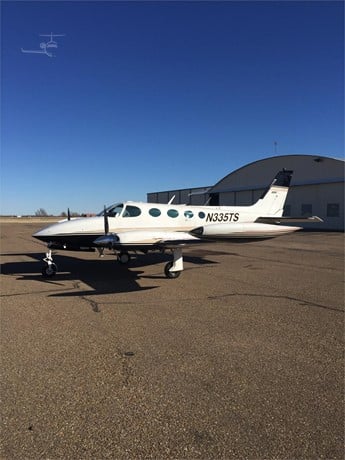
(c) aircraft.com
